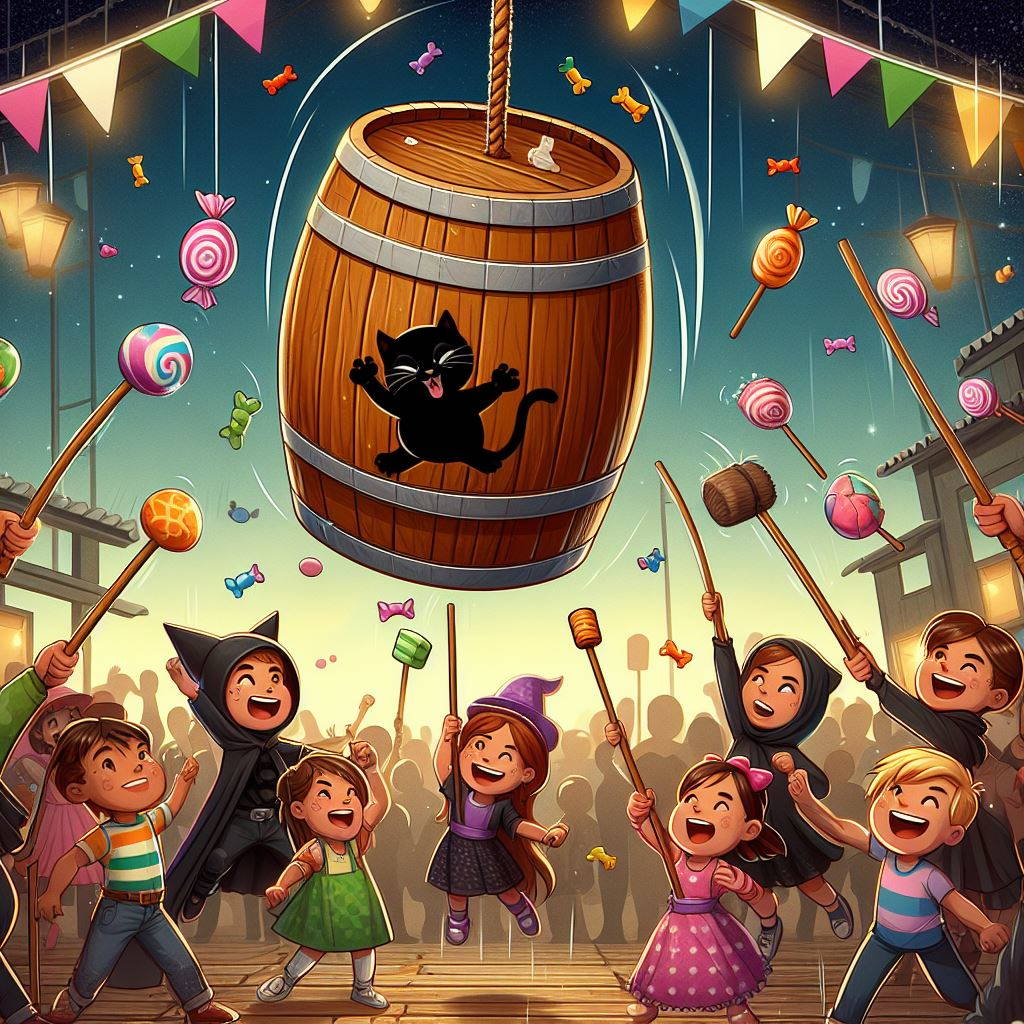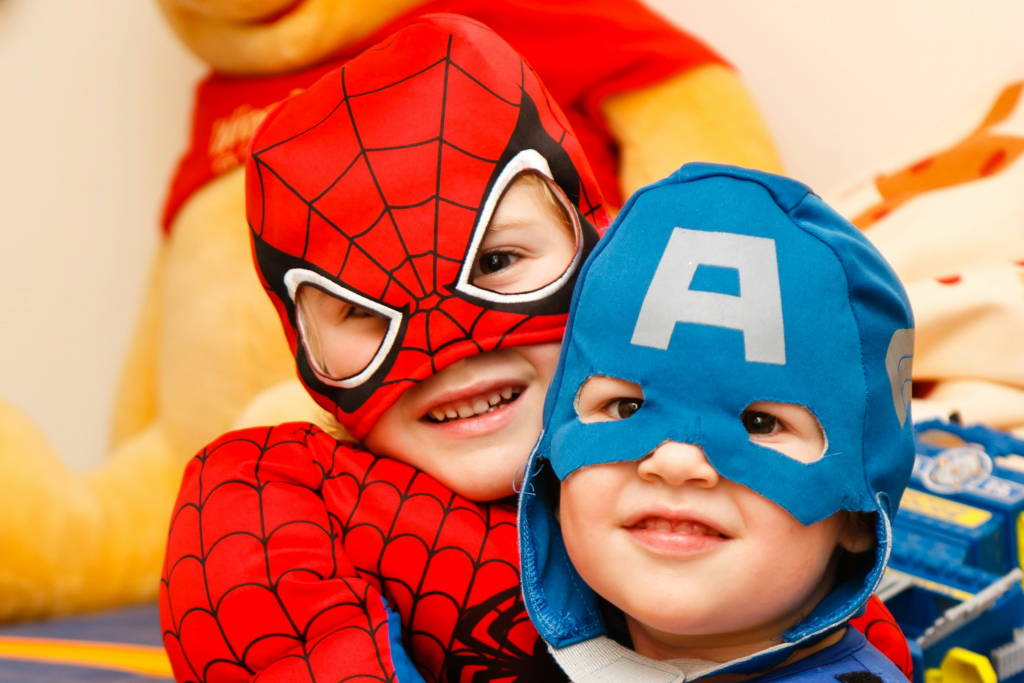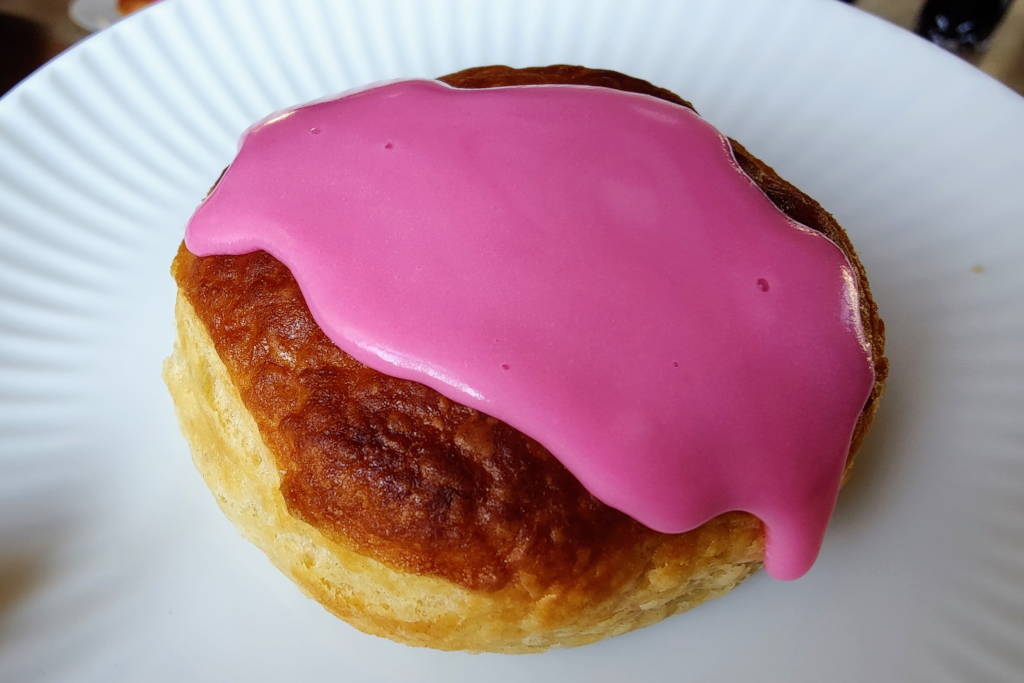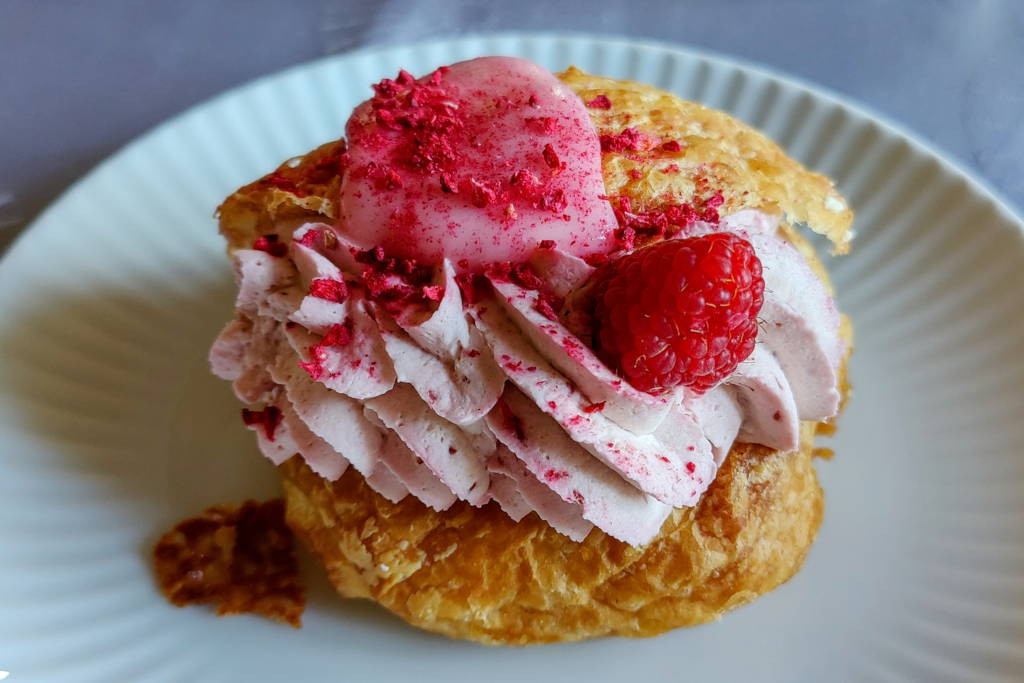Fastelavn (Carnival)

What is Fastelavn? Fastelavn (fast-eh-LAOON) is easiest to explain as a mix between Halloween and Carnival, where families, friends and communities come together to celebrate with costumes, food, games, and other fun traditions. The term carnival may get confused with travelling carnivals where there is amusement rides, food, and entertainment in the form of animal or performer acts. Carnival is a Christian festive season that happens during February or March, leading up to Lent.
I first learned about it when I met my husband since he is Danish and he said they didn’t celebrate Halloween but something similar which is Fastelavn. Back then I naively thought Halloween (on Oct 31st for us Americans) was celebrated world-wide but I quickly learned otherwise. We had joined a small semi-local group of people who loved to gather quarterly to have a “Danish Hyggelig Huddle” we would all bring a dish to pass and would gather together to discuss all things Danish. Our good friend, Nels Hansen was the head of the group, among many other Danish events in the community. Depending on what quarter we were gathering in, he would have some kind of presentation or Danish knowledge to share with the group. Typically we would also sing for those who had a birthday who fell within that quarter, it was always a hygge (pronounced HOO-gah) time! During our quarterly get together that was held in February, a few of the families had children and they’d bring them all dressed up in costumes and we would celebrate Fastelavn which you’ll learn what that all entails at least from the aspect of Danish tradition.
History
Fastelavn is considered a carnival holiday in the Nordic countries of Denmark, Norway, Sweden, Iceland, Latvia, Estonia, Faroe Islands, as well as Greenland. The history of Fastelavn has Christian origins where it originally was a feast held in the evening on the Tuesday before Ash Wednesday, the first day of Lent. Here in America, we call this festival period Mardi Gras but depending on location, the time period that is celebrated can range anywhere from December all the way up until Lent. Traditionally Fastelavn or Mardi Gras is celebrated the Sunday, Monday and Tuesday leading up to Ash Wednesday. Mardi Gras is French for “Fat Tuesday” which refers to the practice of the last night of eating rich, fatty foods before the ritual of sacrificing and fasting for the Lenten season.
Danish Traditions
Each country that celebrates carnival has their own way of celebration, below are some of the popular traditions that take place in Denmark.
Slå Katten af Tønden (Knocking the Cat Out of the Barrel)
Historically, a real live cat (black, which was associated with evil) was placed into a barrel where people would take turns beating the barrel to break it and ultimately releasing the cat within. Luckily in Danish tradition the cat was allowed to run away as a symbol of chasing away the evil. Gradually over time, the tradition of using a live cat was replaced with either an already dead cat or a cat-shaped straw animal covered in rags to act as the cat. Today, an image of a cat is placed on the outside of the barrel which gets filled with candy.
As part of the carnival festivities, knocking the cat out of the barrel is a favorite among the children. Nowadays, similar to a piñata, a decorative barrel or other container shaped like a barrel gets filled with candy or small toys and gets strung up where the kids take turns hitting the barrel to attempt to break it open. Whoever is the lucky kid to bust open the bottom of the barrel gets named the Cat King or Cat Queen. Once broken, the candy and toys get distributed evenly among the children.

Kostumer (Costumes)
In historical times, costumes were worn by adults as they celebrated which they would dress up as bears, devils or something else dangerous to scare away evil. In some areas, full costumes weren’t worn but instead face masks were worn and Masquerade balls or masquerades were held. These festive masks ranged anywhere from being plain to very elaborate, decorated with feathers and gems.
Now, wearing costumes is something both kids and adults can partake in as part of the festivities, though it is primarily associated as being an activity for kids. The Monday after Fastelavn Sunday, kids can dress up and go to school where they celebrate with their classmates and teachers by eating fastelavnsboller, playing games such as knocking the cat out of the barrel, and having a parade where they walk around the school singing the song “Fastelavn er mit Navn” (Fastelavn is my Name). In addition to dressing up for school, kids will dress up in costumes to go rasle (trick-or-treating).

Fastelavnsboller (Carnival Buns)
The holiday wouldn’t be complete without having fastelavnsboller, a popular pastry similar to paczkis. They are a round sweet bun filled with a custard cake cream or whipped cream that is sometimes covered with a sweet glaze topped and sprinkles. Sometimes they can be super fancy by cutting the pastry in half then beautifully pipping whipped custard decorated with fruit or other goodies.
Rasle (Trick-or-Treating)
Rasle (or trick-or-treating) is what is what us Americans’ would associate as being similar to our Halloween tradition. Kids of all ages get dressed up in costumes and go door-to-door singing the “Fastelavn er mit Navn” (Fastelavn is my Name) song (below) in hopes of receiving treats, trinkets, or a small amount of money in exchange for not causing mischief.
“Fastelavn er mit Navn” (Fastelavn is my Name) Song
Danish Version
Fastelavn er mit navn,
boller vil jeg have. Hvis jeg ingen boller får,
så laver jeg ballade.
Boller op, boller ned
boller i min mave.
Hvis jeg ingen boller får,
så laver jeg ballade.
English Version
Shrovetide is my name,
buns I want.
If I get no buns,
then I make trouble.
Buns up, buns down
buns in my tummy.
If I get no buns,
then I make trouble.
References
- Dorte J. Thorsen, “De 10 vigtigste ting at vide om fastelavn” Kristendom, 5 February 2016, updated 27 January 2021, accessed Jan 31, 2024, https://www.kristendom.dk/indf%C3%B8ring/de-10-vigtigste-ting-vide-om-fastelavn.
- “Læs om fastelavn” Post & Tele Museum, accessed Jan 31, 2024, http://www.ptt-museum.dk/postkort/laes_om_aarstidens_hilsener/laes_om_fastelavn/.

